The Fire Retardant Fabric Market is currently characterized by a dynamic competitive landscape, driven by increasing safety regulations and a growing demand for protective textiles across various industries, including construction, automotive, and aerospace. Key players such as DuPont (US), 3M (US), and BASF (DE) are strategically positioned to leverage their extensive research and development capabilities, focusing on innovation and sustainability. These companies are not only enhancing their product offerings but are also exploring mergers and acquisitions to consolidate their market presence. The collective strategies of these firms contribute to a moderately fragmented market structure, where competition is intensifying as companies strive to differentiate themselves through advanced technology and superior product performance.
In terms of business tactics, many companies are localizing manufacturing to reduce lead times and optimize supply chains, which is particularly crucial in the context of global trade uncertainties. The competitive structure of the Fire Retardant Fabric Market appears to be moderately fragmented, with several key players exerting significant influence. This fragmentation allows for niche players to emerge, focusing on specialized applications of fire retardant fabrics, thereby enriching the market with diverse offerings.
In August 2025, DuPont (US) announced the launch of a new line of bio-based fire retardant fabrics, which are designed to meet stringent environmental standards while providing superior flame resistance. This strategic move not only aligns with the growing trend towards sustainability but also positions DuPont as a leader in eco-friendly textile solutions. The introduction of these innovative products is likely to attract environmentally conscious consumers and industries, enhancing DuPont's competitive edge.
Similarly, in July 2025, 3M (US) expanded its partnership with a leading automotive manufacturer to supply advanced fire retardant materials for electric vehicles. This collaboration underscores 3M's commitment to innovation in the automotive sector, particularly as the demand for safer, more efficient vehicles continues to rise. By integrating its fire retardant technologies into the automotive supply chain, 3M is poised to capitalize on the burgeoning electric vehicle market, thereby reinforcing its market position.
In September 2025, BASF (DE) unveiled a new research initiative aimed at developing next-generation fire retardant coatings that enhance the durability and performance of fabrics. This initiative reflects BASF's focus on innovation and its intent to stay ahead of regulatory changes and market demands. By investing in research and development, BASF is likely to strengthen its product portfolio and maintain its competitive advantage in the fire retardant fabric sector.
As of October 2025, the Fire Retardant Fabric Market is witnessing significant trends such as digitalization, sustainability, and the integration of artificial intelligence in product development. Strategic alliances among key players are increasingly shaping the competitive landscape, fostering innovation and enhancing supply chain efficiencies. Looking ahead, it appears that competitive differentiation will evolve from traditional price-based competition to a focus on innovation, technological advancements, and reliability in supply chains. This shift may redefine market dynamics, compelling companies to invest in cutting-edge solutions that meet the evolving needs of consumers and industries alike.



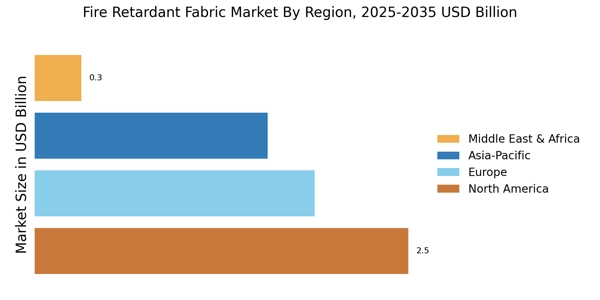
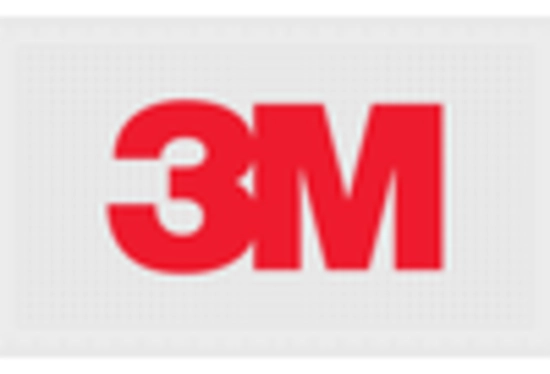


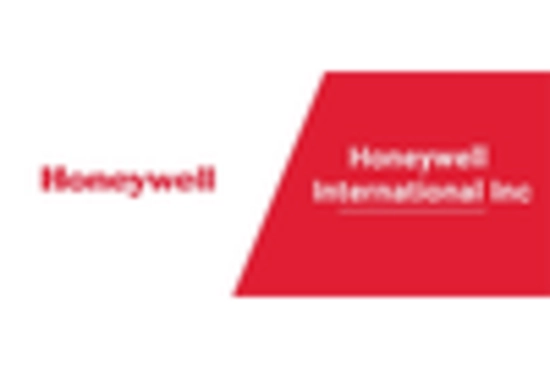
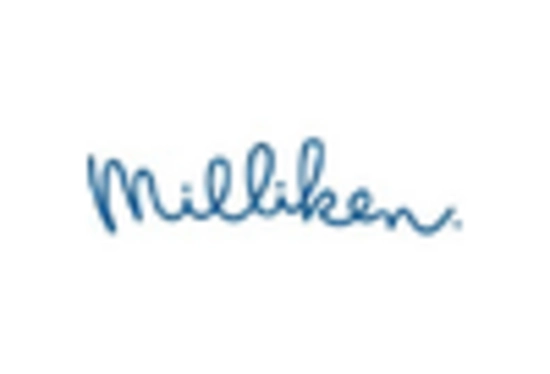
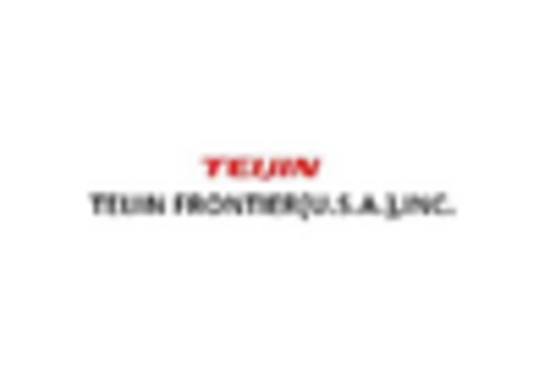








Leave a Comment